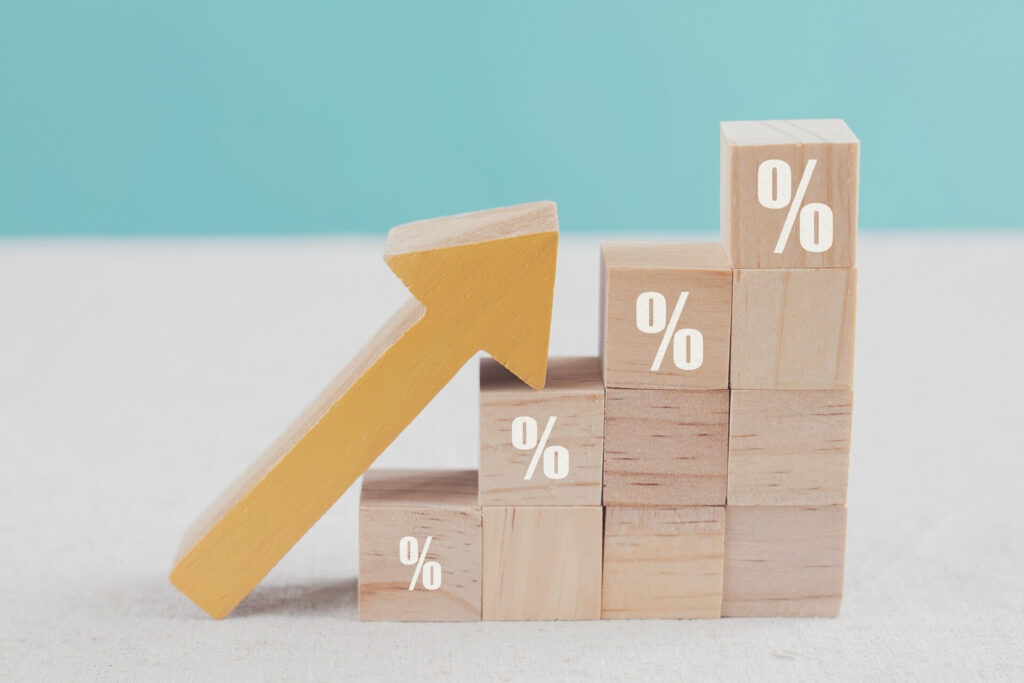A dwindling nest egg is a real concern.
And with Treasury forecasting Australian men can expect to live on average to age 95.1 and women to 96.6 years in 2055, it’s likely to happen to more and more of us.
In fact, it already is.
Almost a third of respondents over 80 in a National Seniors Australia survey reported running out of savings. What’s more, almost a quarter of those between 75 and 79 had also run out.
So, while you thought your years at the grindstone were behind you, financial necessity may prompt a return to the workforce.
The best way to avoid this concerning situation is to consult a financial adviser, like Finextra Wealth, that specialises in retirement planning.
But if you do have to return to the workforce, what are the rules you need to be aware of when you’ve already dipped into your superannuation savings?
As always, it depends on your age and circumstances.
What’s your situation?
Typically, there are three scenarios in which you can gain full access to your super:
- Reaching preservation age and declaring you’re permanently retired;
- Stopping an employment arrangement after turning 60, or
- Reaching age 65
If you access your superannuation after reaching your preservation age, you can work up to 10 hours per week and still be considered officially ‘retired’. As such, you can enjoy full access to your super despite your return to the workforce.
However, work more hours than that and you’ll likely need to prove your intention to retire was genuine to both the Australian Taxation Office and your super fund.
What about stopping an employment arrangement after turning 60, or turning 65 or older?
In both scenarios, it wouldn’t have been necessary for you to make a declaration about your retirement intentions to get unlimited access to your super savings. That means you can return to work without any issues.
What happens to your super when you return to work?
The good news is you’ll keep access to the super funds you’ve accumulated up to that date, irrespective of whether you return to full-time or part-time employment or if you took the money as a lump sum, income stream or both.
However, you won’t be able to touch any additional contributions as these will typically be ‘preserved’ until you meet another condition of release (listed above); unless you are aged 65 or older.
What about voluntary contributions?
Your employer will make super contributions to a fund on your behalf. But you might want to boost your savings further with voluntary contributions. Are they allowed?
Once again, your age determines the answer.
If you are:
- Under 67 years old – voluntary contributions are allowed;
- Aged between 67 and 74 years old – you must meet specific requirements under the work test or the work test exemption to be eligible;
- Aged 75 and older – generally ineligible to make voluntary contributions (except for downsizer contributions).
What’s the work test?
To meet the work test, you must work at least 40 hours in a period of 30 consecutive days in each financial year in which you wish to make super contributions.
To meet the work test exemption criteria, you must meet three conditions. These are:
- You satisfied the work test in the financial year before the year in which you made the contribution.
- Your total super balance is less than $300,000 at the end of the previous financial year.
- You did not use the work test exemption in the previous financial year.
Don’t want to spend your golden years working? Get the expert advice you need to make your nest egg last the distance by contacting Finextra Wealth.
Book a free breakthrough strategy call with Heath Hebenton to find out more.





